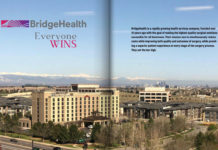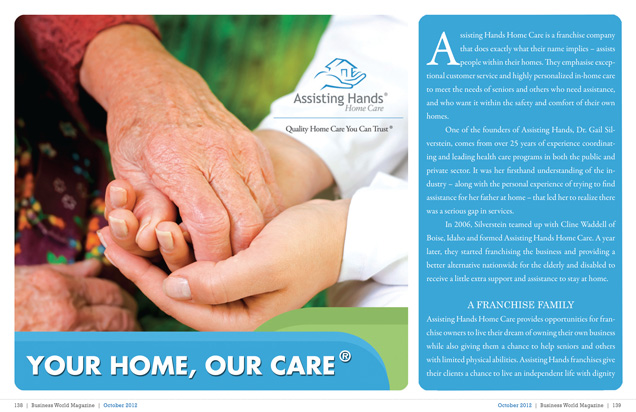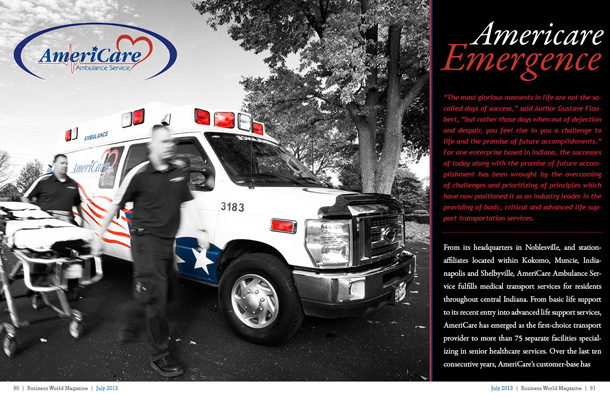
Accredited Assurance in Medical Transport
The Commission on Accreditation of Medical Transport Systems (CAMTS) is a non-profit organization that has helped significantly improve the quality and safety of medical transport services throughout the world through its development of professional standards and implementation of an accreditation process that distinguishes best practices in the industry. CAMTS is a byproduct of early efforts to advance flight safety and patient care by The American Society for Hospital Based Emergency Air Medical Services, an organization that transitioned into the Association of Air Medical Services and became a founding member of the Commission on Accreditation of Air Medical Services (CAAMS). As Accreditation Standards evolved to address patient care and safety in both fixed-and-rotary wing services, along with the ground inter-facility services that provide critical care transports, CAAMS was ultimately rebranded into CAMTS.
In 1991, Eileen Frazer helped develop the industry’s first site surveyor training program integral to the accreditation process, a process that has evolved right along with industry, but so too has Frazer’s role in that today she serves as CAMTS Executive Director. In speaking of her own early experiences as a flight nurse in the 1980s, Frazer offers insight as to the relevance of CAMTS. She recalls her first experience in assisting with a patient who was being prepared for a transport to a trauma center. In those days, medical transports by helicopter were still a relatively new service and only a handful of hospitals across the country had such capabilities. For Frazer, the pending flight was not only a first in her experience, but it was also a first for the hospital with which she worked. While waiting for the helicopter to land, Frazier realized that she knew nothing about how to enter it safely, where to sit, how to attach the safety belt, or how to communicate with the pilot. She had never even been in such close contact to a helicopter before. For someone who had years of training and experience as a trauma nurse, Frazer says she suddenly felt unsure of herself. To compound matters, the helicopter was such that the patient stretcher could only be loaded one way, something not realized until the patient was loaded the wrong way, which ultimately led to a process of offloading and reloading to compound her frustration. The patient arrived safely at the hospital, and as this marked a first, Frazer recalls how numerous staff were waving and cheering from the windows. Frazer wasn’t so cheerful, and she inevitably inquired as to whether anyone had considered the prudence in personnel knowing something about helicopter safety. The decision was made that no more patients would be transported until staff had been properly trained.
Through the work of CAMTS, air medical transport providers, along with their personnel and the patients for which they provide care, have performance standards that not only cover the range of necessary training and education, but also aspects of management, medical equipment, insurance compliance, communication systems, utilization of assets, and more.
The Accreditation Process
CAMTS offers a program that allows providers to undertake a voluntary evaluation of their compliance with accreditation standards by demonstrating their ability to deliver service of a specific quality. That begins with an application process which allows the provider to receive a self-study document that addresses all aspects of requisite performance standards. Providers can monitor and measure themselves according to the protocols outlined, having up to a year to conduct their own performance reviews of the desired objectives. Upon submitting documentation of compliance, CAMTS will review criteria reports and schedule a site visit by its survey team who ultimately conducts an audit. The surveyor team is comprised by medical and aviation experts with more than ten years of industry experience. Each standard is supported by measurable criteria to measure a program’s level of quality, thus Accreditation is based on meeting a preponderance of the standards. Frazer says the two highest priorities focus on patient care and safety of the transport environment. Furthermore, accreditation standards are periodically revised to reflect the dynamic, changing environment of medical transport with considerable input from all disciplines of the medical profession as well as federal, state, and local governmental agencies.
That can be challenging for an organization which oversees accreditation of providers throughout the world, where air transport and patient care regulations can vary from one country to the next. For example, in Canada, to conduct flights by night, regulations require the deployment of two pilots while the Federal Aviation Authority in American simply allows for one pilot. Having recently returned from a consulting project in Bangkok, Frazer says that to transport a patient by air used to take up to a week to secure permission from the government, a process that has since been narrowed down to 24 hours. That same standard may not fly so well in other places. Yet, with respect to air regulations, the CAMTS audits allows for such variances, surveyors review protocols to ensure the provider is compliant with the respective regulations within their own country. Medical protocols involving proper patient care, as Frazer says, “We don’t control that … the standard is the standard.†She says providers may have to undergo more training or acquire more resources to achieve compliance, yet want for this actually involves more than simply earning accreditation. As Frazer says, “What’s important is the end result … better care for patients.â€
There are currently more than 150 accredited medical air transport enterprises throughout the world, but that number is growing. Frazer says CAMTS is seeing increased interest in Africa, Asia and Canada. Compelling that growth may be the fact that nine states have moved to require accreditation before contracting with service providers. There are other benefits in terms of mitigating liability risks and in some instances providers have even used accreditation as a bargaining tool for negotiating better insurance rates. For those in the industry accredited by CAMTS, it an achievement that not only demonstrates their adherence to best practices, but it’s a distinction that defines the best in the business. As the best means of identifying the best air medical transport operations, look to CAMTS to increasingly transition throughout the industry, and the world.
For more information, please visit their website at: Â CAMTS








